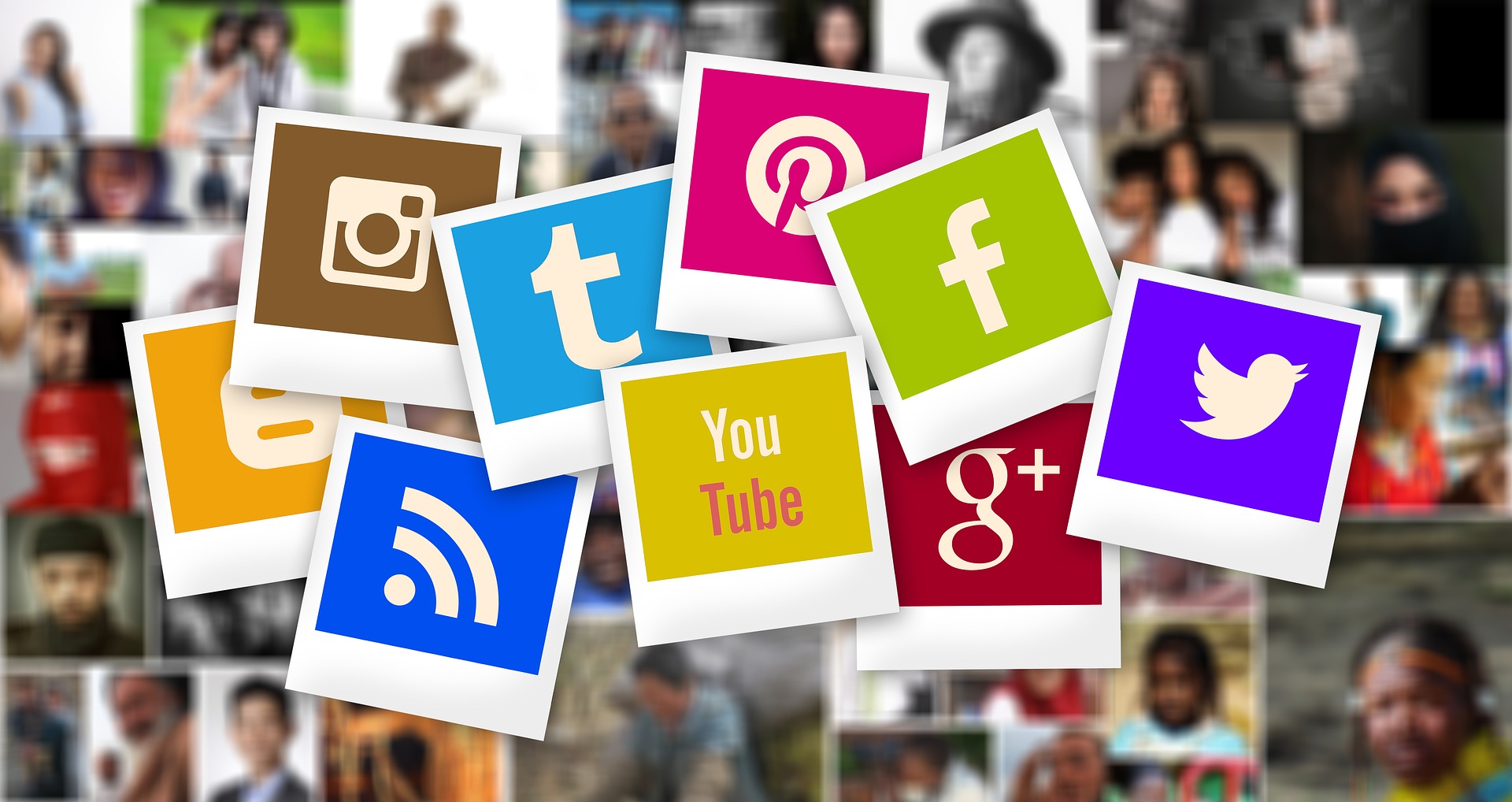Social media is like a “secret sauce” for marketing communications. It isn’t always strong enough on its own, but it adds flavor and power to a traditional program. The key is integration. Here are some simple steps for “socializing” a PR campaign, even if it’s a DIY (do it yourself) variety.
Set clear goals. Many companies feel pressure to make a deeper commitment to social media, yet they haven’t defined their objectives. Do you want to drive traffic to a commerce site? Enhance reputation? Target influencers? Change sentiment? Each will, of course, inform a different set of metrics, as detailed by measurement expert K.D. Paine.
Start by listening. If your brand or business is being discussed online, you’re probably already using tools to monitor the conversation. But, even if you’re off the social radar, there are relevant industry issues, trends or competitive activity that can help inform a strategy. Sometimes what you learn can even translate into quick visibility. A simple Google Alerts for your industry’s hot topics can help identify bloggers and media who cover those subjects. It might also let you jump on breaking news with your own commentary or content.
Use social platforms to build relationships. Twitter, with its liberal follow model, is unbeatable as a social tool for reaching influential media and analysts. This is particularly valuable when more and more reporters hide behind voicemail or email. Check out Muck Rack, which organizes all journalists on Twitter into “beats,” build your own lists, or join relevant Twibes to engage users. You can also check out relevant LinkedIn discussion groups, or start your own.
Take advantage of socialized PR tools. ProfNet, or its free counterpart, HARO, are powerful ways to match media needs and interests with experts. And there’s an entire online world of press release distribution sites and engines for announcements. Check out PR Web, pitchengine, and mynewsdesk, to name just a few.
Create content. Of course, creating content is where many programs stall. If a corporate opinion blog is too much to take on, consider aggregating industry trends or issues once a week, linking and giving credit to other sources. Or, set a goal of commenting weekly on industry blogs. If that’s too much, arrange to guest blog for a trade publication or content site on a regular basis.
Reuse, recycle, repurpose. Remember that an industry speech can be easily converted to a bylined article for a trade or business publication, which can then be republished as a blog post. In some cases, all you need do is shorten or reformat, and add a topical lead.
Optimize your PR content. Don’t forget to enhance press releases. Consider using multimedia; it serves two needs by being more searchable and more compelling to journalists and bloggers.
Anticipate feedback. Clearly, the “command and control” messaging days are gone. Socialized news announcements and content will seek – and in many cases provide response mechanisms for – public feedback. Have a plan for responding to engaged users, and be ready with a fully “socialized” issues and crisis plan if your brand is vulnerable.
This post recently appeared on the Marketing Executives Networking Group’s MENGBlend blog.
